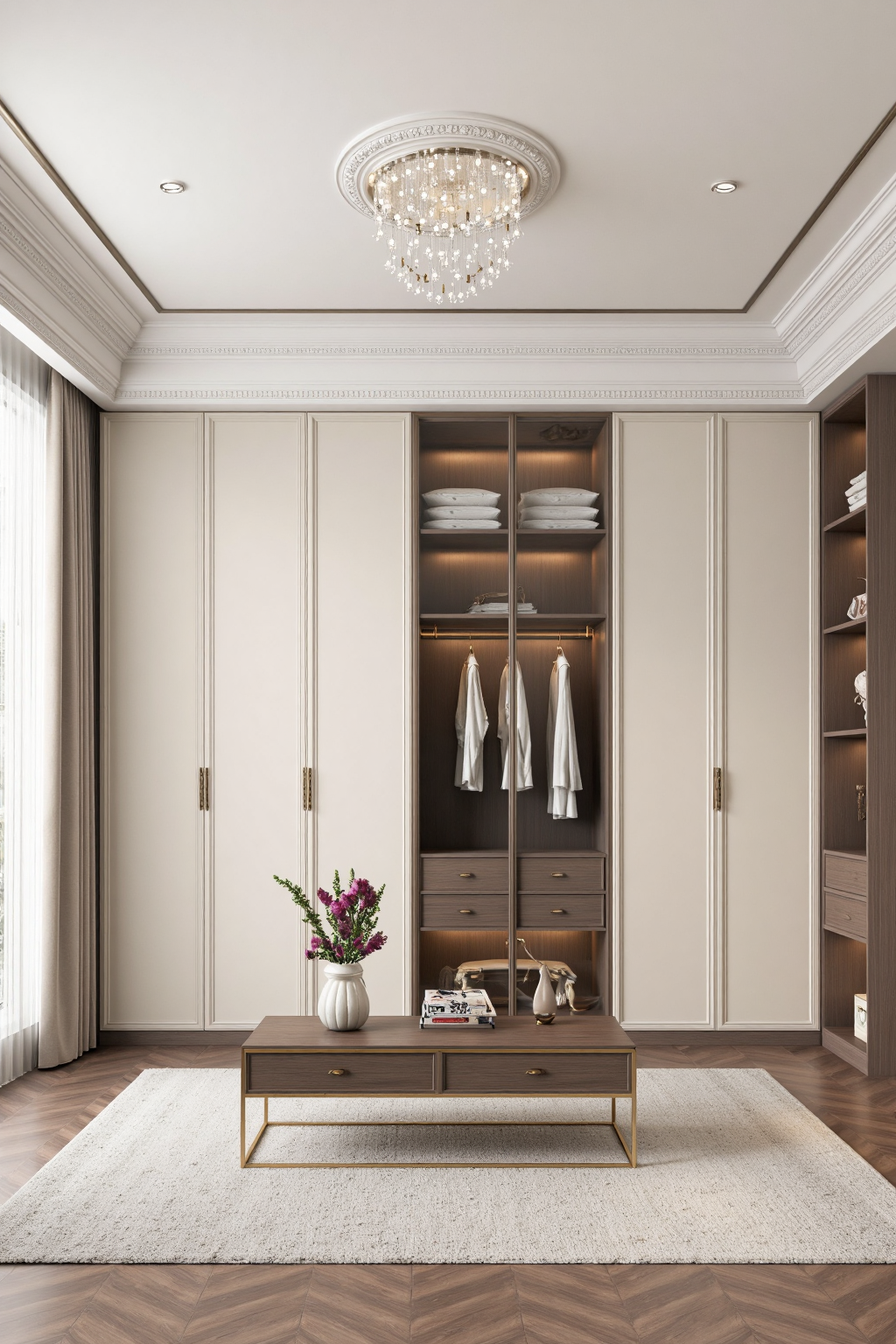Unlock the Power of AI-Generated Design: Exploring the Flux Interior Design Workflow
📌 1. Workflow Overview

This workflow is called Flux Interior Design, designed specifically for generating concept design images. It uses the T5 model for text encoding and integrates the Flux-specific model for image generation.
According to the annotation in the workflow, this setup has a strong semantic understanding, accurately capturing composition, elements, and color details, making it ideal for creating concept design images.
Its text-to-image generation quality is comparable to Midjourney.
📌 2. Core Models
UNETLoader (
flux1-dev.sft)The core model responsible for denoising and refining image details during generation.
Loads the model weights
flux1-dev.sft.
DualCLIPLoader
Uses two CLIP models:
t5xxl_fp16.safetensors: Handles text encoding, based on the T5 model, enhancing text comprehension.clip_l.safetensors: Matches images and text.
VAE Loader (
ae.sft)Uses a VAE model to decode and reconstruct the image, ensuring output quality.
FluxGuidance
A dedicated Flux guidance model for controlling image details during the generation process.
KSamplerSelect
Handles the sampler configuration, using the
eulersampling method.
📌 3. Component Description
UNETLoader
Loads the UNet model responsible for core image generation.
DualCLIPLoader
Loads T5 and CLIP models for text encoding.
FluxGuidance
A guidance model that enhances image details during generation.
RandomNoise
Adds random noise to introduce variation in image generation.
KSamplerSelect
Uses the Euler sampler for image synthesis.
BasicGuider
Connects the UNet and the Flux guidance model.
CLIPTextEncode
Encodes the input text prompts.
SamplerCustomAdvanced
Custom sampler that generates the latent image from noise.
VAEDecode
Decodes the latent image into a visual image.
SaveImage
Saves the final image to the output directory.
✅ Installation:
The core model (
flux1-dev.sft) needs to be manually downloaded and placed in the ComfyUI model folder (ComfyUI/models/checkpoints/).Use ComfyUI Manager to install VAE and CLIP plugins:
VAE:
vae.safetensorsCLIP:
clip.safetensors
Install the Flux plugin from GitHub:
git clone https://github.com/FluxAI/ComfyUI-Flux.gitPlace the plugin in the
ComfyUI/custom_nodes/folder.
📌 4. Workflow Structure
Text Encoding
Encodes text prompts using
CLIPTextEncode.
Image Generation
Generates latent images using random noise and samplers.
Image Guidance
Guides the generation process with the
FluxGuidancemodel.
Image Decoding
Decodes the latent image using VAE.
Image Saving
Saves the final image using
SaveImage.
📌 5. Input and Output
✅ Input:
Text prompts: Design descriptions, e.g., "Modern office building with organic volumes and natural elements".
Image resolution: 1024x1024.
Noise seed: Randomly generated or specified.
✅ Output:
Generated concept design images, automatically saved to the ComfyUI output directory.
📌 6. Considerations
Using large models (like T5 and Flux) requires substantial VRAM. A GPU with at least 12GB VRAM is recommended.
Generation time depends on the sampler, resolution, and model size.